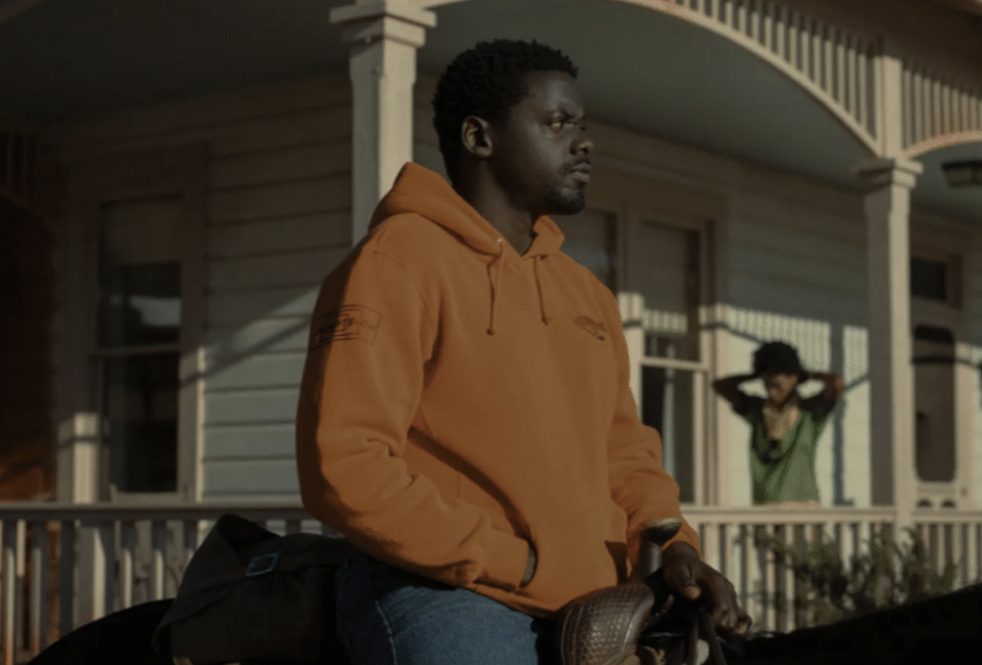Our Take: 4/5 Stars
Jordan Peele’s newest movie, “Nope,” hit theaters this summer to a shockingly middling success — at least when compared to the smashing reviews of his previous films. “Nope” follows OJ (played by Daniel Kaluuya) and Emerald (played by Keke Palmer) as they try to get the “money shot” of the extraterrestrial plaguing their horse ranch. With show stopping performances from Palmer and Kaluuya and captivating filmography, the movie was nothing short of a masterpiece to watch.
However, the issue that many critics and viewers have with the film was not with the actual film itself but rather with the underlying message of the movie — or lack thereof.
Peele’s previous movies are prolific for their use of horror to discuss societal issues, specifically racial issues.
“Get Out” and “Us” were heralded for their use of the horror genre to communicate the very real issues plaguing Black people today.
When it comes to “Nope,” many audiences feel that the movie lacked the clear narrative message that has become so emblematic of Peele’s work.
The interweaving threads of multiple plot lines — including but not limited to a murderous monkey, a failing horse ranch, and an unidentified UFO — leave the viewers with more questions than what they started with.
With chilling shots of blood-covered windows and masterfully crafted suspense, Peele undoubtedly delivers a good horror movie, but is it great?
When asked about the meaning behind his movies, Peele told Uproxx that sometimes “I want to shut off and see some wild stuff.”
This highlights a question that has become increasingly prevalent not just within the horror genre but in storytelling as an art: does art need to have meaning to be great or is it simply enough to entertain?
Some have speculated that this is the true meaning behind “Nope.” The audience weaves in and out of Hollywood sets and alien jumpscares, but OJ and Emerald’s quest to capture the perfect shot — to tell the perfect story — always remains at the center and shapes every aspect of the movie.
When confronted with this, the audience cannot help but wonder that the movie is encouraging the viewer to simply accept art at its face value — to allow ourselves to just be told a story rather than having to dig deeper and find meaning.
Throughout the movie, even after the characters realize they are facing an extraterrestrial threat, they never question its origin or its purpose.
However film enthusiasts and critics alike have continued to postulate theories about the symbolism of the movie. Many point to the nameless extraterrestrial as a representation of systemic inequality and society’s interactions with it. Others claim that the monster represents Hollywood and the horrors of its exploitation, citing the prevalent elements of the film, cinema and Hollywood history present throughout the film.
Regardless of what lens you choose to view “Nope” through, at the end of the day, the movie — as with most art — is simply what you make of it.
